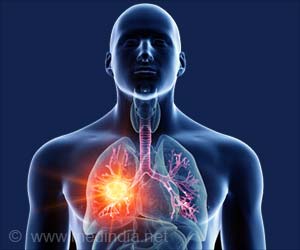Allergic reaction in asthma gets inflamed all the more by the ultrafine particles, about one-thousandth the width of a human hair, in polluted air, discovered a new UCLA study.

Since these ultrafine particles are primarily derived from vehicular emissions and are found in highest concentrations on freeways, the results have particular significance for the study of the impact of traffic-related emissions on asthma flares in urban areas.
The findings also point to the importance of understanding the role air-pollution particles play in asthma flares in order to develop new approaches for asthma therapy.
Principal investigator, Dr. Andre E. Nel, professor of medicine and chief of nanomedicine at the David Geffen School of Medicine at UCLA, said: "The immune processes involved in asthma, and current treatments, are traditionally thought to be dominated by a specific initial immune response, but our study shows that ultrafine pollution particles may play an important role in triggering additional pathways of inflammation that heighten the disease."
"We found that even small exposure amounts to the ultrafine particles could boost the pro-inflammatory effects," added Ning Li, an assistant researcher in the UCLA Division of Nanomedicine.
The study's findings may also help epidemiologists further establish the link between surges of pollutants near freeways and asthma flares and to pinpoint the amount of ultrafine particle concentrations involved.
Advertisement
Source-ANI















